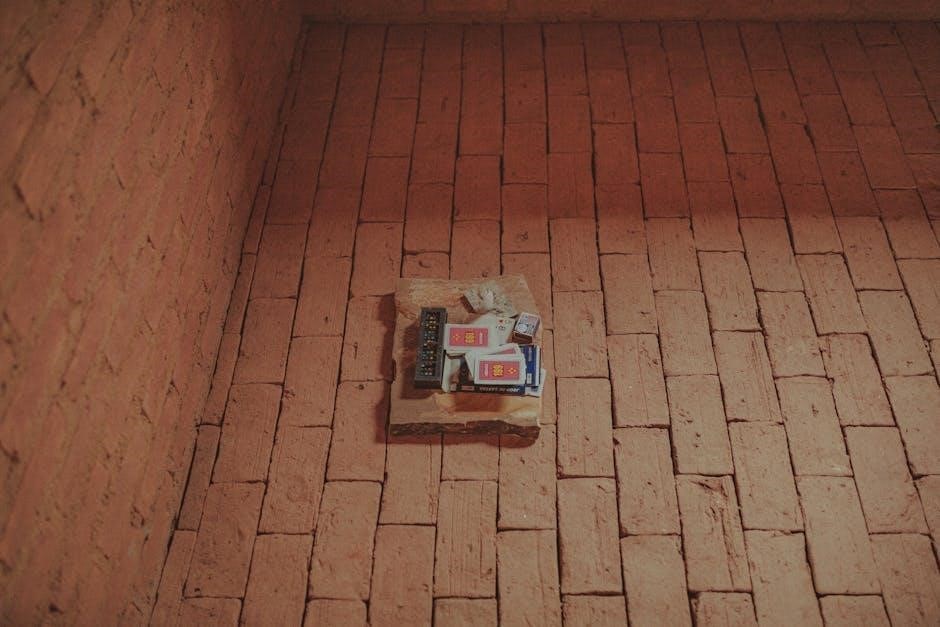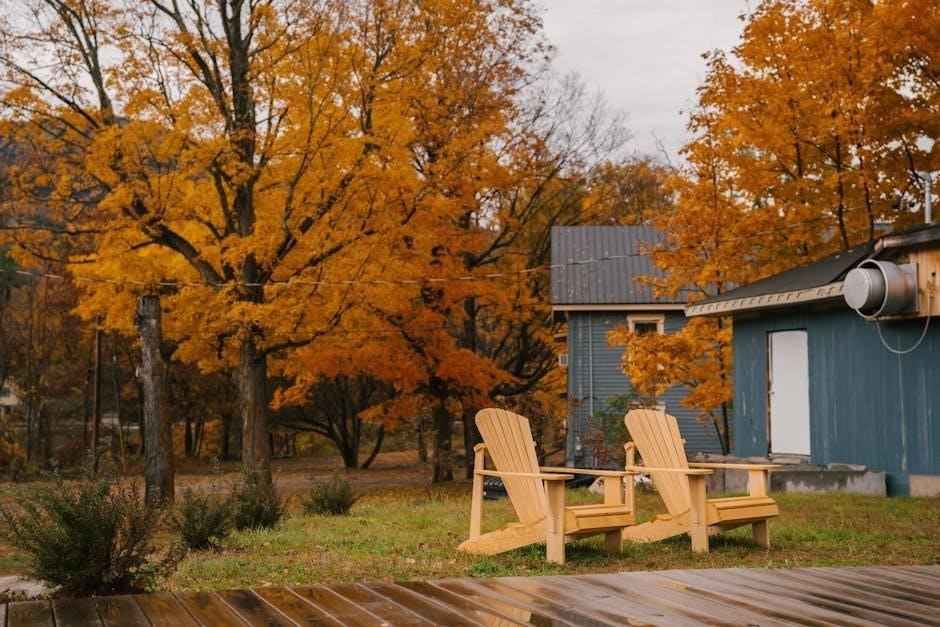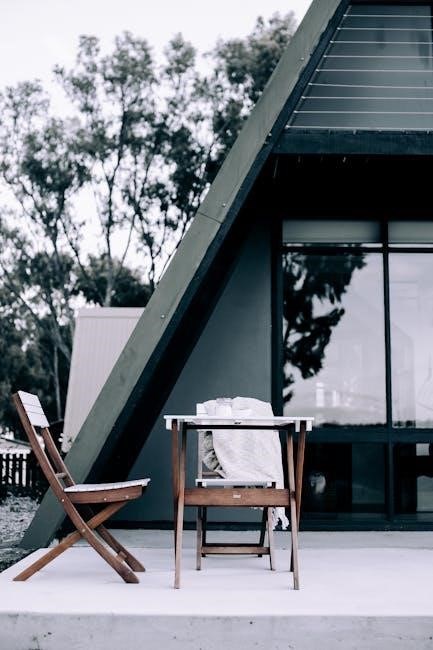EDH (Elder Dragon Highlander) deck building is a creative and strategic process that offers endless possibilities. Whether you’re a seasoned player or new to the format, crafting a unique 100-card deck can be both exciting and challenging. This guide will walk you through the essentials, from understanding deck basics to advanced strategies, helping you build a powerful and fun EDH deck tailored to your playstyle.
Understanding EDH Deck Basics
EDH (Elder Dragon Highlander) deck building begins with understanding the fundamental rules and structure of the format. EDH, also known as Commander, is a casual, multiplayer format where players build decks around a legendary creature or planeswalker, known as the Commander. Each deck must contain exactly 100 cards, including the Commander, and adhere to the singleton rule, meaning no duplicate cards (except for basic lands).
The format emphasizes creativity and strategy, with a focus on fun and interaction. Decks are typically built around a specific theme or mechanic, and the choice of Commander heavily influences the deck’s direction. Understanding the basics of deck composition, such as the balance between lands, ramp, card draw, and interaction, is crucial for building a functional and enjoyable deck.
In EDH, the mana curve plays a significant role, as games often start slowly and escalate. A well-balanced deck should include creatures, spells, artifacts, and enchantments that work synergistically. Additionally, the format’s emphasis on multiplayer games means that cards with board-wide effects or political interactions are particularly valuable. Grasping these core principles will provide a solid foundation for constructing a competitive yet enjoyable EDH deck.
Whether you’re a new player or a seasoned veteran, understanding the basics of EDH deck building is essential for success. By focusing on synergy, balance, and fun, you can create a deck that thrives in the dynamic and unpredictable world of Commander.

Color Identity and Singleton Rule
Understanding color identity and the singleton rule is fundamental to building a legal and competitive EDH deck. The color identity of your deck is determined by the colors of your Commander and any other cards in the deck. This rule ensures that all cards in the deck align with the Commander’s colors, creating a cohesive strategy and limiting access to certain cards. For example, a mono-red Commander restricts the deck to red cards and colorless cards, while a multi-color Commander expands the available card pool.
The singleton rule states that no card (except basic lands) can appear more than once in a deck; This rule encourages diversity in deck building and prevents players from relying on multiple copies of the same card. It also increases the importance of card selection, as each inclusion must be carefully considered. The singleton rule applies to all cards, including creatures, artifacts, and spells, ensuring that each card in the deck serves a unique purpose.
Together, these rules create a balanced and dynamic format. The color identity ensures thematic consistency, while the singleton rule promotes creativity and strategic deck building. By adhering to these guidelines, players can craft decks that are both powerful and fun to play, tailored to their preferred playstyle and the capabilities of their Commander. These rules are the foundation of EDH and are essential for constructing a deck that thrives in the format’s unique environment.

Mastering these rules is the first step toward becoming a skilled EDH deck builder. Whether you’re aiming for a competitive or casual deck, understanding color identity and the singleton rule will help you navigate the vast world of EDH and create a deck that stands out in any game.
Role of a Companion
A companion in EDH is a powerful tool that can significantly enhance your deck’s performance. Unlike the Commander, a companion is a creature that begins the game in the command zone and can be cast from there at any time, provided you meet its casting cost. This unique mechanic allows for consistent and early-game access to a high-impact creature, often providing a strong foundation for your strategy.
The role of a companion is to complement your Commander and serve as a reliable early-game play. While the Commander is the focal point of your deck, the companion can act as a secondary win condition or a utility piece. For example, a companion with card draw abilities can help you find your Commander or other key cards, while a companion with removal abilities can disrupt your opponents.

When choosing a companion, it’s important to consider its synergy with your Commander and the overall strategy of your deck. The companion must adhere to the deck’s color identity and singleton rule, just like any other card. This means that if your Commander is mono-red, your companion must also be red or colorless. Additionally, the companion cannot be included in the deck if it violates the singleton rule, even if it’s in the command zone.
Popular companions often include creatures with evasion, card draw, or protection abilities, as these traits provide immediate value. However, the companion’s power level should be balanced with the rest of the deck to avoid overshadowing the Commander. Ultimately, the companion serves as a versatile and powerful auxiliary piece that enhances your deck’s overall functionality and competitiveness.

By carefully selecting a companion that aligns with your deck’s goals, you can create a more cohesive and formidable EDH deck, ensuring that you have a strong presence on the battlefield from the earliest turns onward.
Determining Deck Bracket and Strategy
Choosing the right deck bracket and strategy is crucial for a successful EDH deck. The deck bracket refers to the power level of your deck, which determines how competitive or casual it will be. Common brackets include competitive, mid-power, and cEDH (competitive EDH). Competitive decks focus on maximizing power and efficiency, often including high-impact cards and combos, while casual decks prioritize fun and theme over pure power.
When deciding on your deck’s strategy, consider what kind of gameplay experience you want. Do you prefer aggressive, combo-oriented decks, or do you enjoy controlling the board with removal and card draw? Your strategy will guide your card selection and overall deck composition. For instance, a voltron strategy focuses on buffing a single creature, while a value strategy emphasizes generating card advantage.

Your deck’s strategy should also align with your Commander’s abilities. If your Commander excels at dealing direct damage, a more aggressive approach might be ideal. Conversely, if your Commander provides card draw or mana ramp, a control or value-oriented strategy could be more effective. Balancing your deck’s power level with its strategy ensures that it performs well in its intended bracket and provides an enjoyable experience for both you and your opponents.
Ultimately, defining your deck’s bracket and strategy early in the building process helps streamline card selection and prevents a disjointed or underperforming deck. Whether you aim for a high-powered competitive deck or a fun, thematic casual build, a clear vision ensures your EDH deck is both powerful and enjoyable to play.
Building Around the Commander
At the heart of every EDH deck is the Commander, the legendary creature (or creatures, in partner decks) that defines the deck’s identity and strategy. Building around your Commander is the most critical step in deck creation, as their abilities and synergies dictate the overall direction of your deck. Your Commander’s color identity and rules restrictions shape your card choices, so it’s essential to understand their strengths and limitations before adding other cards.
voltron-style leader, prioritize equipment, auras, and protection spells. This thematic approach ensures your deck feels cohesive and performs consistently.
When selecting support cards, consider how they interact with your Commander. Include mana rocks and ramp spells to accelerate your mana development, enabling you to cast your Commander and other key spells earlier. Add card draw and interaction to maintain momentum and disrupt opponents. These support cards should complement your Commander’s strengths while addressing potential weaknesses.
Additionally, your Commander’s power level and playstyle will influence your deck’s overall tone. For instance, a high-powered Commander like Atraxa, Praetors’ Voice might call for a more competitive, multi-colored strategy, while a casual Commander like Meren of Clan Nel Toth might focus on fun, recurring value. Balancing your deck’s power level with your Commander’s capabilities ensures it performs well in its intended bracket.
By building around your Commander’s unique traits, you create a deck that feels personalized and strategic. This approach not only enhances gameplay but also makes your deck more enjoyable to pilot, whether you’re aiming for casual fun or competitive success.
Card Distribution Guidelines

When building an EDH deck, understanding how to distribute your 100 cards effectively is crucial for consistency and performance. A well-balanced deck ensures you have access to the right cards at the right time, regardless of the game’s progression. Here’s a general framework to guide your card distribution:

Lands are the backbone of your deck, providing the mana needed to cast spells. A typical EDH deck includes 30-40 lands, depending on the deck’s color count and mana demands. More colors generally require more lands to ensure consistent mana development. Include a mix of basic lands, mana bases, and utility lands to maximize flexibility.
Ramp spells accelerate your mana production, allowing you to cast your Commander and other high-impact cards earlier. Allocate 10-15 slots to ramp spells, such as artifacts like Sol Ring or creatures like Llanowar Elves. These cards are essential for smoothing out your mana curve and avoiding early-game stalls.
Card draw and card advantage are vital for maintaining momentum. Dedicate 10-15 cards to draw effects, such as Harmonize or Beast Whisperer, ensuring you consistently have cards in hand to adapt to the game’s evolving board state.
Interaction and removal are critical for disrupting opponents. Allocate 10-15 slots to spells like Heroic Intervention or Assassin’s Trophy to address threats and protect your board. These cards help you maintain control and prevent opponents from running away with the game.

The remaining 20-30 cards should be dedicated to utility and win conditions. This includes tutors, recursion effects, and synergistic cards that enhance your Commander’s abilities. Ensure these cards align with your deck’s strategy and complement its overall theme.
By following these distribution guidelines, you’ll create a balanced and functional EDH deck capable of performing well in various playgroups and brackets. Remember, flexibility is key, and your card choices should always reflect the unique strengths and goals of your Commander.
